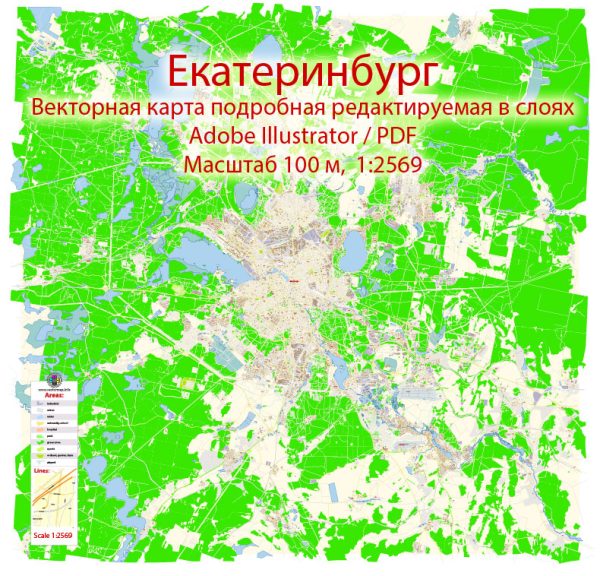Ekaterinburg, located in the Ural Mountains of Russia, has a rich history of urban development that spans several centuries. Here is an overview of the city’s historical urban development:
- Foundation and Early Years:
- Ekaterinburg was founded in 1723 by Vasily Tatishchev and Georg Wilhelm de Gennin, named after Tsar Peter the Great’s wife, Catherine I.
- The city’s initial development was closely tied to the mining industry in the Ural Mountains, particularly the extraction of precious metals like gold and iron ore.
- Industrial Revolution and Economic Growth:
- In the 18th and 19th centuries, Ekaterinburg experienced significant industrial growth, becoming a major center for metallurgy and mining.
- The city’s strategic location at the crossroads of several trade routes contributed to its economic prosperity.
- Revolution and Soviet Era:
- The Russian Revolution of 1917 brought about significant changes in Ekaterinburg. The city became a focal point during the Russian Civil War, and the last Russian emperor, Nicholas II, and his family were executed in Ekaterinburg in 1918.
- During the Soviet era, Ekaterinburg continued to be an important industrial center, with the development of heavy machinery, defense industries, and scientific research facilities.
- World War II and Post-War Reconstruction:
- Ekaterinburg, like many other Soviet cities, played a crucial role in the industrial efforts during World War II. The city contributed to the production of military equipment and supplies.
- After the war, the city underwent post-war reconstruction and saw the development of new residential areas and industrial complexes.
- Late 20th Century:
- During the late 20th century, Ekaterinburg experienced further expansion and modernization. The city’s infrastructure was upgraded, and new residential and commercial areas were developed.
- The fall of the Soviet Union in 1991 led to economic challenges, but Ekaterinburg adapted to the new economic realities and embraced market-oriented reforms.
- Contemporary Development:
- In recent years, Ekaterinburg has continued to grow and evolve as a major economic and cultural hub in the Ural region.
- The city has seen the development of modern architecture, including skyscrapers and contemporary urban planning projects.
- Preservation of historical landmarks, such as the Church on the Blood (built on the site of the Romanov family execution), reflects a commitment to maintaining the city’s cultural heritage.
Ekaterinburg’s history of urban development showcases its resilience through various historical periods, from its roots in mining and industry to its present status as a dynamic and diverse metropolitan area. The city’s strategic location and historical significance contribute to its ongoing evolution as a key center in Russia.


 Author: Kirill Shrayber, Ph.D.
Author: Kirill Shrayber, Ph.D.